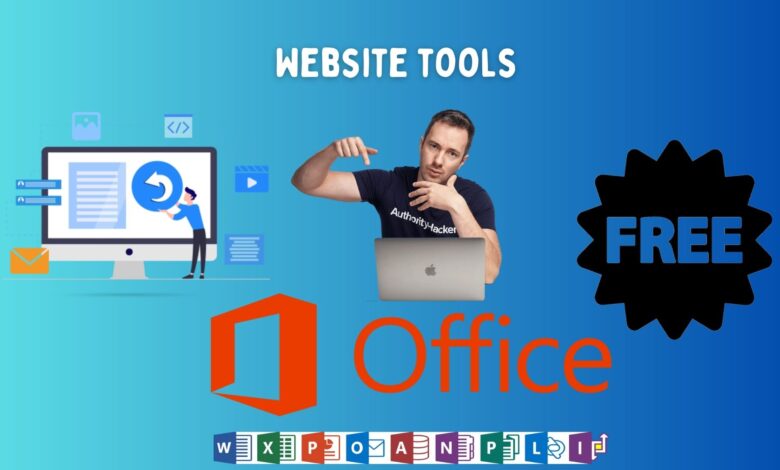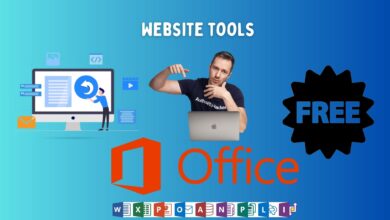5 Best Social Media Management Tools (2023) – Forbes Advisor

With so many software options available, it can be overwhelming to decide which social media management tool is right for you. The best way to choose the right tool is to start by clarifying your priorities and goals when it comes to social media. How many social media networks can actually create consistent content? How many hours a week do you want to spend on social media? How much of your budget do you want to spend on social media? Once you answer these questions, it will be easier to find software features that match your priorities.
Important features
Your social media management tools should help you catch the eye of new followers and connect with your existing followers. To do this, you need to post often and know when to post at the best time. There are a few features that will help you do this.
- Platform integration. Keeping track of your Facebook, Twitter, Instagram, TikTok, Pinterest and other social media pages is overwhelming. When looking for social media management software, make sure that it allows you to manage all of your social media platforms from a single dashboard.
- Content calendar Visual Content Calendar helps you plan all your social media posts and social media campaigns and for a specific time frame. This will help you save time, organize your social media marketing plan, track how your social media content is performing, and be consistent in posting. This will help you plan a week’s, month’s or even a year’s worth of social media content at once.
- Scheduling tools. Scheduling tools are one of the most important features of a good social media management software. Once you’ve mapped out what you’re going to post during a certain period of time, it’s helpful to schedule those posts all at once. Automatically scheduling posts in advance frees up your time to focus on creating engaging content.
- A post-modification tool. Scheduling great content doesn’t move the needle to see your ideal audience online unless you post it. Because social media audiences vary, so do the best posting times for specific social media audiences. Finding a social media management tool that can share your content when best suited to your specific audience will ensure your content gets in front of as many people as possible.
- Analysis and reporting tools. Analytics is critical to determining which social media strategies are working and which social media strategies are not.
- Keyword tracking. No one can be on social media all the time, which is where keyword tracking tools come into play. Keyword tracking lets you find all conversations where your brand is mentioned so you can join the conversation if you choose.
Managed account types and amounts
Nowadays, most social media management software companies integrate with top social media platforms like Twitter, Facebook, YouTube, Instagram and LinkedIn. SocialPilot was one of the first to integrate with popular video sharing platform TikTok, but slowly but surely, most other software platforms have as well.
Not all social media management software platforms integrate with the multi-platform messaging app WhatsApp. While some platforms like Buffer and SproutSocial allow users to order and push text, images, audio, video and PDF directly to their customers via WhatsApp, others like Zoho Social do not.
Company size / Group size
The size of the company will help determine what features you need in social media management software. For example, if you’re a solopreneur managing your own Instagram and TikTok accounts, you’ll have different software needs than a social media manager managing eight different social media platforms for 10 different brands.
Solopreneurs managing their company’s social media channels or marketing managers on a tight deadline need a software platform with multiple automation features. Automated tools can help you save time by scheduling posts in advance, automatically sharing new blog posts to social media platforms of your choice, and customizing posts for each social media platform. Along with a set-it-and-forget-social media scheduler, affordability is important for small businesses as well. Some social media management software like Buffer have a robust free plan that is more than suitable for solopreneurs or small businesses to manage their social media accounts.
Social media managers who run large accounts or manage accounts for multiple companies or brands work with teams. If this is the case for you, it’s important to find social media management software that allows team members to work together without stepping on anyone’s toes or duplicating effort. Some team collaboration features to look for when comparing social media management software:
- Assign roles to different team members
- Assign tasks to different team members
- Account permissions to give group members different levels of authority over the account
- Conflict detection tools to avoid duplicate or conflicting responses when multiple team members respond to the same message
Reporting and analysis
If you’re going to spend time and energy creating social media content, it’s important to know if that social media content is working for you. Most social media management software includes reporting and analytics tools. These tools can help you unlock your social media strategy’s return on investment. It answers questions like whether it’s worth continuing to tweet, which social media post got the most engagement, how many Facebook followers you get each month, and which network generated the most brand awareness for a particular product launch.
Hotsuite’s reporting capabilities are some of the best on the market. The platform gives users a 360-degree view of all social networks from a single dashboard where they can set performance metrics and track improvements over time. Hotsuite users can also create customizable reports on how your social media channels and campaigns are driving leads, conversions and sales to optimize results and easy-to-read graphs, get updates on the best times to post.
Sprout Social is another platform with power analysis and reporting tools. The software allows users to set specific demographic and geographic metrics to measure how their audience engages with their content. Sprout is able to analyze audience growth, demographics, engagement and awareness across all social media platforms as they are named on all social media alert terms. Sprout Social allows users to compare their social media performance to their competitor’s social media performance.
Free and paid software
Many of the top social media management software platforms, including the ones we’ve covered here, have a forever free plan. Generally, these plans have limited features and functions. You can limit the number of social media accounts you can post to, limit the number of users allowed on your plan, or limit access to analytics. For example, Buffer’s forever free plan allows users to schedule content for up to three social media channels. Zoho Social’s free plan is more robust, allowing users to post to seven social media channels as well as the Zoho Social browser extension, zShare, and the ability to add a team member to the Zoho Social portal.
While these limits may not be a problem when you’re first starting out, they can limit your ability to scale unless you upgrade to a paid plan. When signing up for a free plan, it’s important to check out the software’s paid plans. Do they contain the features you think you’ll need as you grow your business? How affordable is the basic plan compared to the more expensive plan? As you plan your business for the next five years, when do you think you will need to upgrade to paid social media management software and what software features do you think are most important to your business? Try to find software that has a free plan for now, but also has paid plans to help you meet your company’s future goals.
We offer you some site tools and assistance to get the best result in daily life by taking advantage of simple experiences
